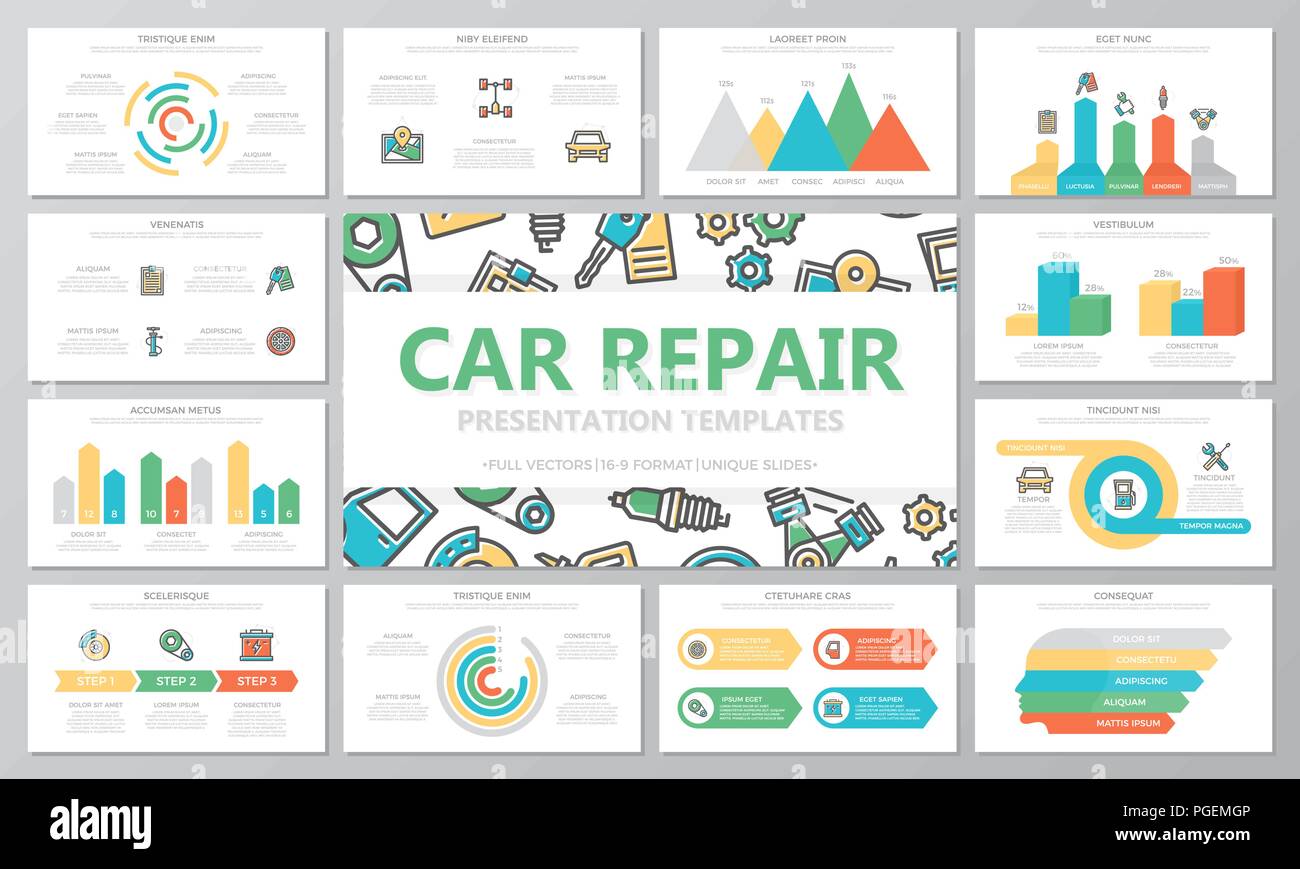Seeking Quality On The Caution Lights Presented On Your Cars And Truck'S Control Panel? Find Out Exactly How They Associate With Your Lorry'S Health And Safety
Seeking Quality On The Caution Lights Presented On Your Cars And Truck'S Control Panel? Find Out Exactly How They Associate With Your Lorry'S Health And Safety
Blog Article
mouse click the up coming webpage Develop By-Sykes Kejser
When you lag the wheel, those beautiful warning lights on your control panel can be a bit perplexing. Do you know what they're trying to tell you about your car's health and wellness? Understanding the value of these lights is important for your safety and security and the long life of your car. So, the next time one of those lights pops up, wouldn't you want to decode its message precisely and take the required steps to resolve it?
Common Caution Lighting and Interpretations
Recognize typical caution lights in your automobile and comprehend their significances to make certain secure driving.
The most regular caution lights include the check engine light, which signifies concerns with the engine or exhausts system. If this light begins, it's critical to have your car checked promptly.
The oil pressure cautioning light suggests low oil pressure, calling for prompt interest to stop engine damages.
A blinking battery light may suggest a faulty billing system, possibly leaving you stranded if not attended to.
The tire pressure tracking system (TPMS) light informs you to low tire stress, influencing automobile stability and gas efficiency. Disregarding this can result in risky driving conditions.
The abdominal muscle light suggests an issue with the anti-lock stopping system, jeopardizing your capacity to quit swiftly in emergencies.
Finally, the coolant temperature advising light warns of engine getting too hot, which can result in serious damages otherwise settled promptly.
Recognizing these typical caution lights will assist you attend to problems immediately and preserve secure driving problems.
Importance of Prompt Attention
Understanding the typical caution lights in your auto is just the very first step; the significance of without delay dealing with these cautions can not be highlighted sufficient to ensure your safety and security when driving.
When a warning light illuminates on your control panel, it's your automobile's method of communicating a potential concern that requires interest. Overlooking these warnings can lead to a lot more serious problems down the road, endangering your safety and security and possibly costing you much more in repairs.
Motivate interest to alerting lights can avoid failures and crashes. As an example, a flashing check engine light might indicate a misfire that, if left unattended, can trigger damage to the catalytic converter. Resolving this without delay can save you from an expensive fixing.
Similarly, a brake system cautioning light may indicate low brake liquid or used brake pads, vital elements for your safety when driving.
Do It Yourself Troubleshooting Tips
If you observe a caution light on your dashboard, there are a few do it yourself troubleshooting tips you can try before looking for expert aid.
The initial step is to consult your vehicle's handbook to recognize what the details caution light suggests. Occasionally the problem can be as basic as a loosened gas cap activating the check engine light. Tightening up https://transmissionoilchange38383.get-blogging.com/32626364/exactly-how-mobile-vehicle-describing-services-can-save-you-money-and-time might solve the problem.
One more usual issue is a reduced battery, which can activate different cautioning lights. Examining the battery links for rust and ensuring they're safe and secure may fix the problem.
If a caution light continues, you can try resetting it by detaching the automobile's battery for a couple of minutes and then reconnecting it. Furthermore, checking your vehicle's fluid degrees, such as oil, coolant, and brake fluid, can aid fix cautioning lights associated with these systems.
Verdict
To conclude, recognizing your auto's caution lights is necessary for keeping your automobile running smoothly and safely. By promptly dealing with these signals and understanding what they indicate, you can stay clear of expensive fixings and possible breakdowns.
Remember to consult your automobile's manual for specific details on each warning light and do something about it accordingly to guarantee a trouble-free driving experience.
Remain informed, remain https://www.repairerdrivennews.com/2022/03/25/connecticut-bill-limiting-insurers-role-in-repair-decisions-clears-first-hurdle/ -free when traveling!
